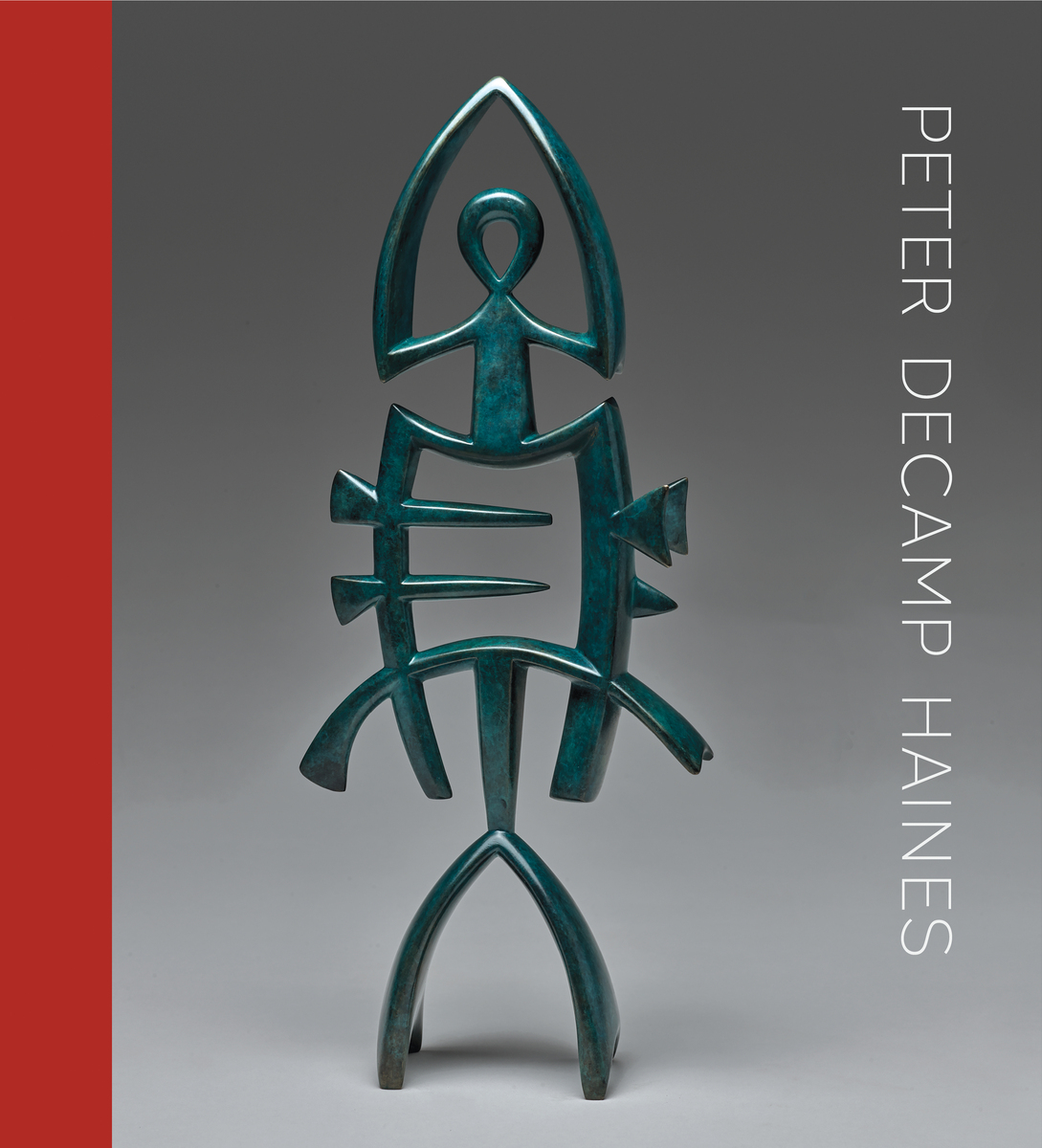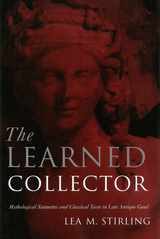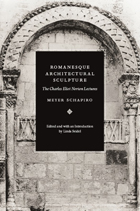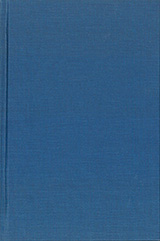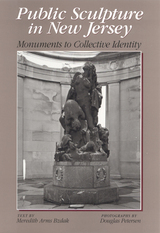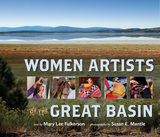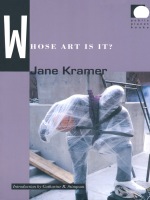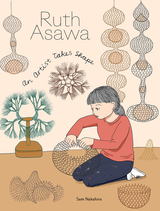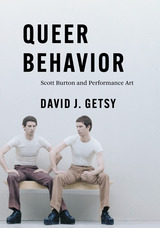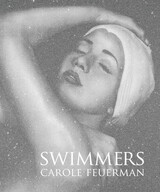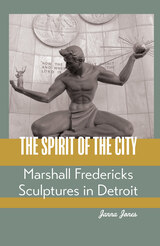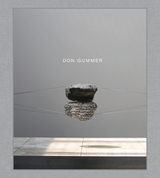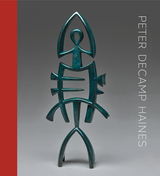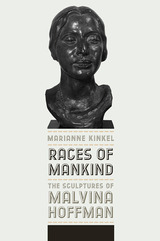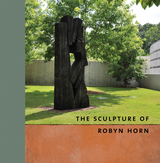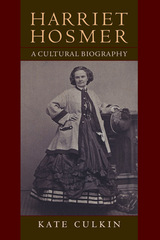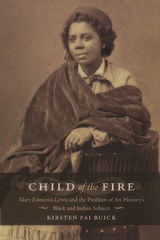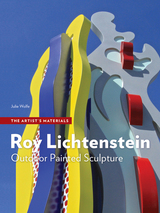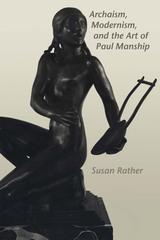Peter DeCamp Haines: Sculpture, 1975–2024
The Artist Book Foundation, 2025
Cloth: 979-8-9872282-8-9 | eISBN: 979-8-9921694-0-9
Library of Congress Classification NB237.H233R38 2025
Dewey Decimal Classification 730.92
Cloth: 979-8-9872282-8-9 | eISBN: 979-8-9921694-0-9
Library of Congress Classification NB237.H233R38 2025
Dewey Decimal Classification 730.92
ABOUT THIS BOOK | AUTHOR BIOGRAPHY | TOC | EXCERPT
ABOUT THIS BOOK
This book will be the first major monograph on the work of Haines’s oeuvre, which builds on the evolution of Modernism as much as it harkens back to the Bronze Age. The clearest expression of this is a series of 1,000 elemental bronze “artifacts” he has created over the course of nearly fifty years, to which he contributes yearly, ranging from palm-size to colossal outdoor works. He calls this output “a personal archaeology,” or “an archaeology of the subconscious,” referencing ancient tools, animal and human shapes, and the synchronicity of antique forms with the purely abstract.
Haines’s interest in psychology and anthropology has deeply informed his art. Working in a Modernist tradition, his career has pursued a continuing exploration of the formal attributes of sculpture: form, scale, negative space, and composition. As Haines sees it, one of the satisfactions of sculpture is that ideas such as wholeness, beauty, and timelessness can be expressed without words and one of the critical elements of this wordless communication is negative space. Thus, the doorways, windows, and silhouettes of his sculptures can suggest an area larger than the sculpture itself.
Born in 1942, Haines grew up in Ohio. He holds a Bachelor of Arts degree from the University of Colorado, Boulder, a Master of Business Administration from Harvard University, and he is a graduate of the School of the Museum of Fine Arts in Boston. He is a founding member of the Boston Sculptors Gallery and co-founder of the Vermont Gentlemen’s Foundry. His work has been shown in numerous solo and group exhibitions, and can be found in the DeCordova Museum and Sculpture Park in Concord, Massachusetts, and the Chen Yunxian Museum in Nanchang, China, among other collections in Boston, New York, and South Korea. Haines lives and works in Cambridge, Massachusetts.
Haines’s interest in psychology and anthropology has deeply informed his art. Working in a Modernist tradition, his career has pursued a continuing exploration of the formal attributes of sculpture: form, scale, negative space, and composition. As Haines sees it, one of the satisfactions of sculpture is that ideas such as wholeness, beauty, and timelessness can be expressed without words and one of the critical elements of this wordless communication is negative space. Thus, the doorways, windows, and silhouettes of his sculptures can suggest an area larger than the sculpture itself.
Born in 1942, Haines grew up in Ohio. He holds a Bachelor of Arts degree from the University of Colorado, Boulder, a Master of Business Administration from Harvard University, and he is a graduate of the School of the Museum of Fine Arts in Boston. He is a founding member of the Boston Sculptors Gallery and co-founder of the Vermont Gentlemen’s Foundry. His work has been shown in numerous solo and group exhibitions, and can be found in the DeCordova Museum and Sculpture Park in Concord, Massachusetts, and the Chen Yunxian Museum in Nanchang, China, among other collections in Boston, New York, and South Korea. Haines lives and works in Cambridge, Massachusetts.
See other books on: 1942- | Individual Artists | Monographs | Sculpture | Sculpture & Installation
See other titles from The Artist Book Foundation
